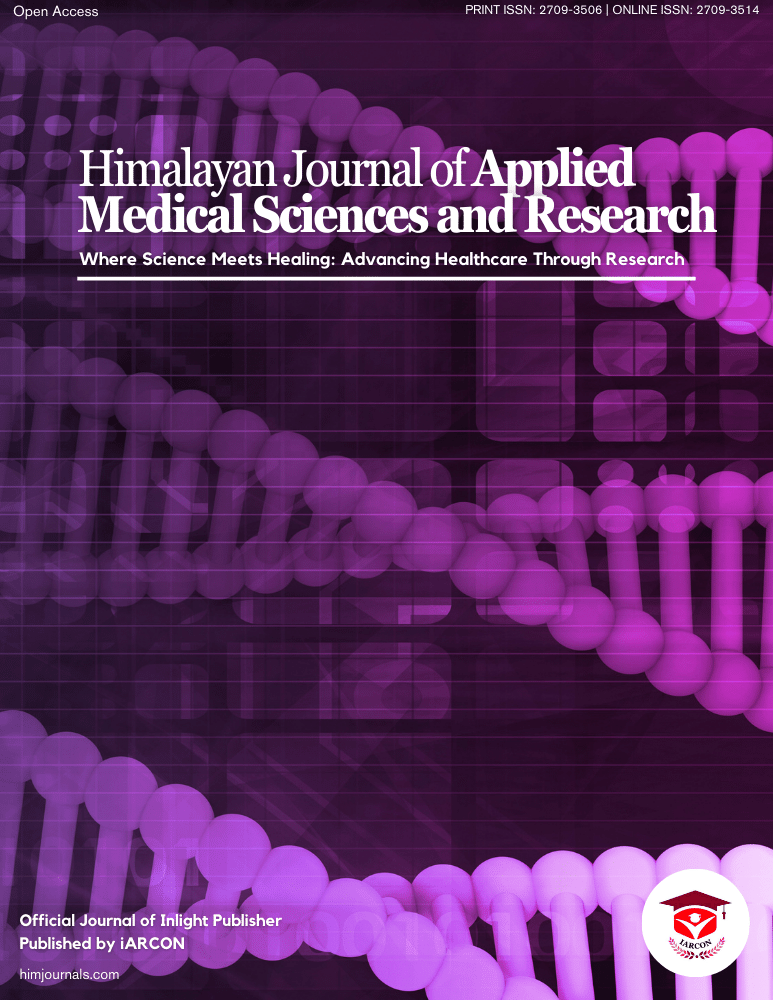Osteoporosis is a bone disease that occurs when the body loses too much bone, makes too little bone, or both. As a result, bones become weak and may break from a fall or, in serious cases, from sneezing or minor bumps [6].
Osteoporosis means “porous bone.” Viewed under a microscope, healthy bone looks like a honeycomb. When osteoporosis occurs, the holes and spaces in the honeycomb are much larger than in healthy bone. Osteoporotic bones have lost density or mass and contain abnormal tissue structure. As bones become less dense, they weaken and are more likely to break [6,7].
In the present study, maximum patients 184 (46%) told that Eating calcium-rich foods help in preventing osteoporosis followed by Calcium and Vitamin D supplements by 167 (41.75%), Enough vitamin D through sunlight by 154 (38.5%), Eat healthily and balanced diet 129 (32.25%), Avoid smoking by 87 (21.75%), Limit alcohol consumption by 69 (17.25%), Limit tea and coffee by 29(7.25%), Good night’s sleep by27 (6.75%), Reduce your stress Tension and anxieties by 19 (4.75%) patients. In the current study, 182 (45.5%) patients didn’t know about the preventive factors of osteoporosis.
Getting enough calcium and vitamin D can help keep the bones strong and prevent osteoporosis. Osteoporosis makes the bones weaker and more likely to fracture [2,5].
Vitamin D and calcium promote bone density. Vitamin D is important because it helps the body absorb the calcium in your diet. We obtain most of our vitamin D from the sun. Vitamin D can also be found in small quantities in foods such as: fatty fish (salmon, herring, and mackerel), liver, eggs, fortified foods such as low-fat milks and margarine. For most people, it is unlikely that adequate quantities of vitamin D will be obtained through diet alone. vitamin D supplements are necessary, if anyone concerned that he or she is not getting enough vitamin D [8-10].
Enjoying a healthy, balanced diet with a variety of foods and an adequate intake of calcium is a vital step to building and maintaining strong, healthy bones. If there is not enough calcium in the blood, body will take calcium from your bones. Enough calcium in the diet is an important way to preserve bone density. Dairy foods have the highest levels of calcium, but there are many other sources of calcium, including spinach and almonds. If anyone unable to get enough calcium from the diet alone, then calcium supplements is necessary [11].
Weight-bearing exercise encourages bone density and improves balance so falls are reduced. It does not treat established osteoporosis. General recommendations include: Choose weight-bearing activities such as brisk walking, jogging, tennis, netball or dance. While non-weight-bearing exercises, such as swimming and cycling, are excellent for other health benefits, they do not promote bone growth. Including some high-impact exercise into routine, such as jumping and rope skipping also helps. Strength training (or resistance training) is also an important exercise for bone health. It involves resistance being applied to a muscle to develop and maintain muscular strength, muscular endurance and muscle mass. Importantly for osteoporosis prevention and management, strength training can maintain, or even improve, bone mineral density [1,9].
General recommendations for lifestyle changes to protect against osteoporosis also include stop smoking as smokers have lower bone density than non-smokers, get some sun – exposure of some skin to the sun needs to occur on most days of the week to allow enough vitamin D production, drink alcohol in moderation as excessive alcohol consumption increases the risk of osteoporosis and limit caffeinated drinks – excessive caffeine can affect the amount of calcium that our body absorbs. Drink no more than two to three cups per day of cola, tea or coffee is advisable [12].


